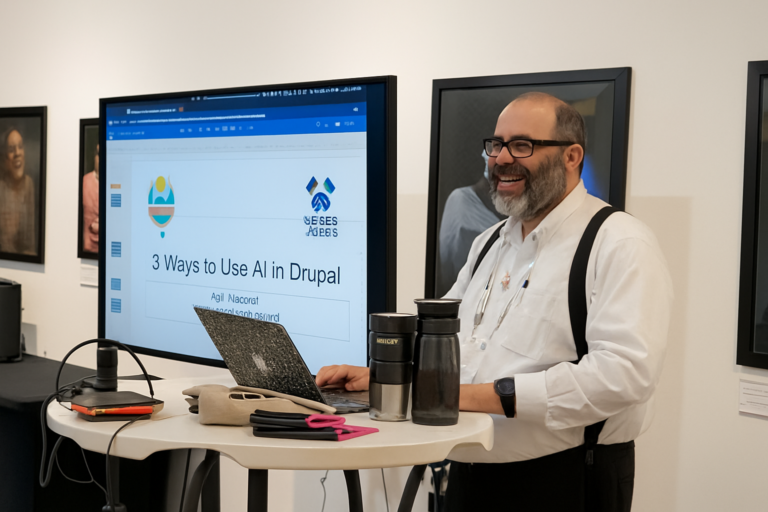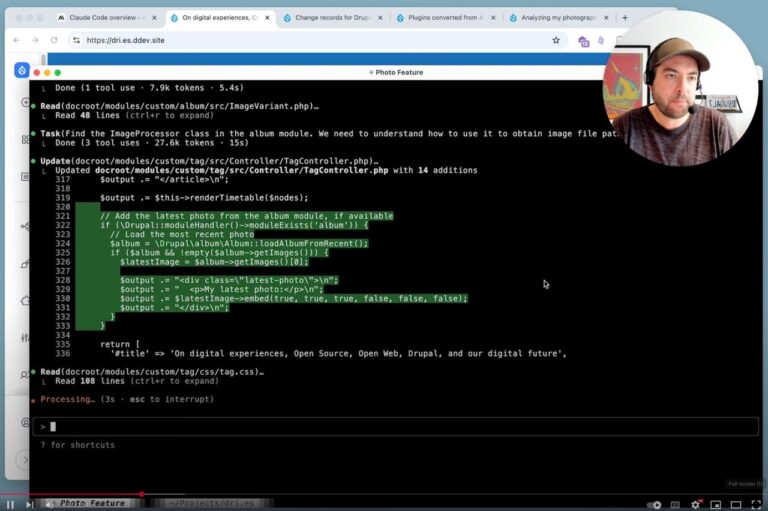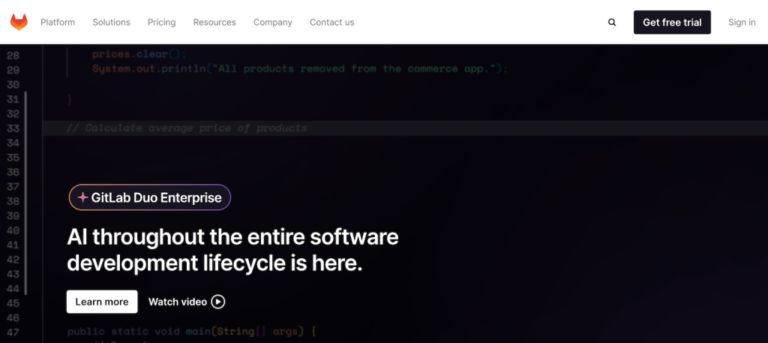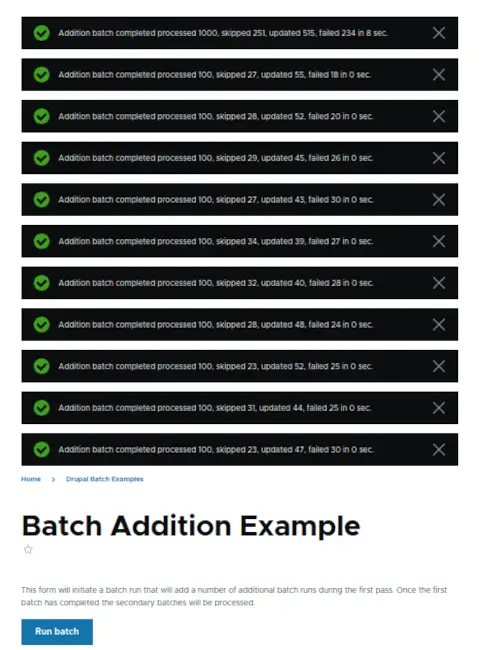Placeholder files save enormous storage and enhance performance because initial states are lighter and allow only what is needed to run locally. Security configurations can also be specified for individual files and hydration or dehydration policies. File encryption, zero-trust policy, and role-based access contribute to better security enforcement through placeholder files. Overall, the cloud filter API initiates the actual handshake with the cloud sync engine and the user application for hydration and dehydration of placeholder files.
Performance and security are the most significant risks for these technologies. Latency is an issue with improper configurations or unreliable networks. If security is not implemented correctly, exploitation of the placeholder interface could introduce attack vectors. Mitigate security risks with zero trust implementation of strict access controls, in-transit and at-rest encryption, optimized file configurations, and regular updates. There is an added value for enterprises using a zero trust framework since cloud filter APIs enable a more granular implementation of access controls, encryption, and telemetry for user behavior patterns.
Shah: User experience and file navigation are not affected. The files appear and behave the same as local files, even when shared remotely. This is the case even in extensive enterprise systems with multiple users accessing and updating the file.
Cloud filter application programming interfaces (APIs) enable efficient cloud file synchronization by managing “placeholder files,” which are lightweight representations of cloud content that appear in local file systems without consuming full storage space. These placeholders store only metadata until accessed, at which point the sync engine “hydrates” them by downloading actual content from the cloud. This on-demand approach optimizes disk space and bandwidth while providing users with a seamless experience. The process involves placeholder creation, registration with the API, content retrieval when accessed, and optional dehydration of rarely used files. When implemented appropriately, this technology can balance local storage efficiency with convenient access to cloud content. It’s vital for organizations committed to or considering the shift to cloud storage to invest in learning the specifics of cloud filter API management.
Hydration is the process of reconstituting the file from metadata to a fully downloaded, usable file stored locally. Windows, macOS, and Linux each have a version of placeholder files and cloud sync for their cloud storage systems. These files hydrate or materialize with data when accessed. Data is only retrieved and stored locally as needed, replacing the placeholder file with the fully downloaded file. Similarly, dehydration is updating the cloud file and removing the file data from the local instance, leaving a placeholder file of metadata to save disk space. The primary requirement is a network connection. The cloud filter API handles the native file system and cloud sync engine integration. Like clockwork, the sync engine queues file requests and updates to provide a seamless storage and retrieval user experience
Currently, there are potent shifts in AI and cloud technology. This evolution in file systems, information storage, and retrieval signals dynamic access changes. Cloud filter API technology offers substantial innovations in security and compliance at scale. There is a bright future for cross-platform initiatives to use this technology and facilitate federated file access. Cloud sync engines will develop further innovations in collaborative document interfaces, and distinctions of local and native versus cloud and platform will drive advancement and improve efficiency to create a sustainable computing future.
Shah: The main benefit of cloud filter APIs is the decreased demand for local storage requirements. Users can access entire cloud libraries and have a complete view of cloud directories without using up local disk space. Cloud sync providers can use placeholder files and cloud filter APIs to balance performance and file accessibility. Strategic use of cloud filter APIs significantly improves productivity, compliance, and storage efficiency, especially for enterprises with diverse workflows. Data governance programs and zero trust security can improve outcomes for workflow optimization with cloud filter API implementations and integrate into compliance needs.
Q: What is the broader role of placeholder technologies today?
Shah: Sync engines are services that sync files. The cloud filter API is a type of driver that is a proxy for user applications and the sync engine. It integrates and communicates with the local shell as if the placeholder file were a local file and performs the file fetch ‘hydration’ or ‘dehydration’ process to free space locally. This service is designed to integrate natively with the file system and provide storage, performance, scalability, and security in an as-needed capacity for file access, storage, and retrieval.
Cloud technology experts like Hardik Shah are optimizing cloud technology for a future of sustainable computing. Shah is a software engineer at Microsoft Corporation, where he works in research and development for Microsoft OneDrive Sync. He is responsible for developing and maintaining sync algorithms using C++ and led a project to migrate more than 300 million live users by developing migration sync algorithms, ensuring data integrity and security. Shah holds patents in this area and contributed to the development of MyCase Drive. In this Q&A, Shah explains the importance of cloud filter APIs in cloud sync processes.
Figure 1: Placeholder file fetch, hydration, and dehydration process. Image credit: Hardik Shah.
Q: What is hydration in this context, and how does it affect file navigation and user experience?
Shah: Dynamic file fetching is a significant shift in sync paradigms. Placeholder and cloud sync technologies already enable companies like Microsoft to improve cloud storage access and performance for tens of thousands of users. As artificial intelligence (AI) and machine learning models use placeholder files for data and metrics, improved telemetry on user behavior can lead to performance and sustainable computing optimization for large file systems. Edge caching and optimizing network delivery of placeholder file transit are frontier areas to pay attention to. With more multiplayer applications, like Figma and linear, relying on cloud sync engines to deliver flexible workflows to users, and alternative general-purpose sync engines are being developed, cloud filter APIs are becoming an established cloud computing tool.
By Michael Martin
Q: How do cloud filter APIs operate, and what is their role in sync engines?
The future of cloud filter API technology
Q: What are the benefits and risks of cloud filter APIs?
Smart caching and machine learning models help optimize frequently used files through user configuration settings. This flexibility lets enterprises and cloud sync providers maximize utility and lower the endpoint device storage burden. Cloud sync technologies are beneficial for legacy system transition. They bridge the gap by leveraging cloud system architectures with local file systems, enabling older applications to interact with files natively and naively—the legacy system does not need to know about the cloud. The cloud filter API handles the entire file fetch process, allowing enterprise endpoint devices to be more lightweight and hybridized to cloud services.






